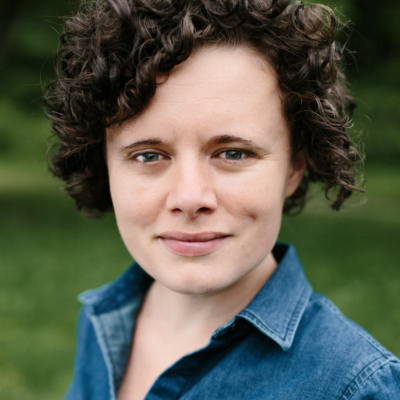 Since Habitat for Humanity and Charlottesville’s Housing Authority are currently planning mixed-income developments, we thought it would be a good chance to get a professorial take on the issue. Gregory Fairchild, a professor at UVA’s Darden School of Business who focuses on entrepreneurship, is currently researching how segregated housing affects minority businesses. Here’s some of what he had to say about mixed-income housing.
Since Habitat for Humanity and Charlottesville’s Housing Authority are currently planning mixed-income developments, we thought it would be a good chance to get a professorial take on the issue. Gregory Fairchild, a professor at UVA’s Darden School of Business who focuses on entrepreneurship, is currently researching how segregated housing affects minority businesses. Here’s some of what he had to say about mixed-income housing.
C-VILLE: Does gentrification create mixed-income communities?
Gregory Fairchild: Those processes can, in some ways, diminish some forms of segregation, but at the same time enhance other forms of segregation. Take Harlem as an example. New York is now less segregated in some ways than it was before, but the displacement issue comes up. You’ve changed what was a homogenized community to a mixed-income neighborhood. The only question is: How long will it remain a mixed-income neighborhood until those people get pushed out? After which it’s once again a homogenized community, albeit at a higher price.
What is pushing lower-income people out?
The process of relocation of lower-income people is sometimes a choice. It’s often cast as occurring purely because people are being forced out. The forces, social and economic, are making them feel excluded—and at a certain point, some of those parties say, “Why would I want to stay there?” Stores begin offering goods and services for this new set, and longtime residents start finding items they don’t want to buy, for prices they don’t want to pay.
If you ask the average person on the street, they’d say they’d love to live in an integrated neighborhood. What they mean by that is: They’d like a neighborhood that demographically has diversity, but is probably linguistically and economically all the same. People don’t want to pay money for more work.
Is it really desirable to keep a community mixed-income?
We know from a number of different economic and social measures that, ultimately, income, race and ethnic inclusion and interaction is better for the community as a whole. People think that bad social outcomes—poverty, unemployment, so on and so forth—lead to more segregation. Actually, the causal relationship has been proven to go the other way: Segregation leads to more poverty, unemployment, single-parent households, etc. We know that integration is economically better for all parties. And especially better for the low-income set.
Does a community want a setting—like what’s going on in our school system—where you have diversity at the school level, but you don’t have integration at the social and performance levels? The achievement gaps are huge. You produce the so-called diverse neighborhood, but you haven’t produced and captured the benefits thereof.





